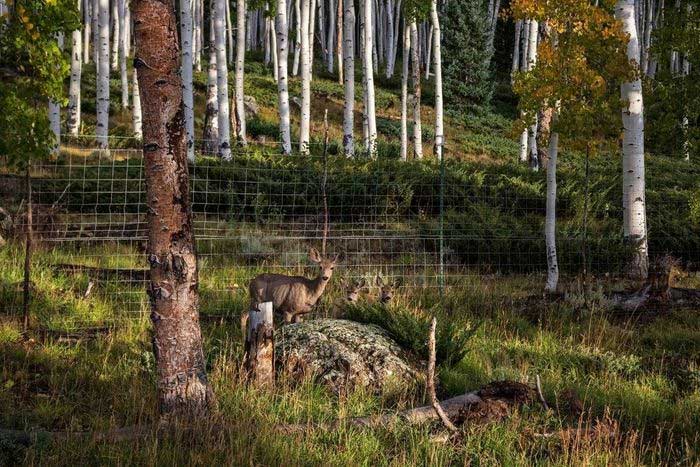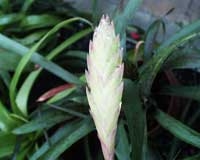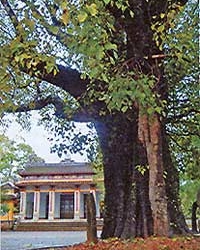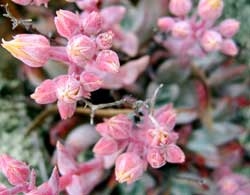Researchers Use Sound to Study and Protect Pando, Considered the Largest Living Organism by Mass.
Researchers have recorded the sounds of the largest tree in the world, weighing 6 tons, known as Pando, which spans over 43 hectares in the southern part of Utah, USA. They believe that listening to these recordings could provide insights into the health of this aspen grove and any environmental changes that may affect it.
For those unfamiliar, Pando is not the name of a single tree; rather, it resembles a forest made up of quaking aspens (Populus tremuloides). However, it is actually a single clone consisting of approximately 40,000 genetically identical stems interconnected by a complex root system. Pando’s root system is estimated to be several thousand years old, placing it among the oldest living organisms known.

Pando is fenced to protect against deer.
Pando was discovered in 1976 by Jerry Kemperman and Burton Barnes. In 1992, Michael Grant, Jeffrey Litton, and Yin Linhart from the University of Colorado at Boulder re-examined this clonal organism, naming it Pando and declaring it the largest living organism in the world by mass. Both research teams described Pando as a single asexual reproductive organism based on its morphological characteristics. In 2006, the United States Postal Service issued a stamp in honor of this quaking aspen, calling it one of the forty “Wonders of America.”
Last summer, Jeff Rice, a sound engineer from Seattle, visited to study Pando. Using a hydrophone (a type of microphone commonly used for underwater recording), Rice began capturing the sound of Pando’s leaves rustling in the wind, birds chirping in the canopy, and creatures scurrying about – but he yearned to hear what was happening underground.
Rice, who presented his recordings on May 10 at the 184th Meeting of the Acoustical Society of America, stated: “There is a wonderful connection of Pando itself. Its sound contains many different elements, but there is also this rich underground soundscape. It’s not just the sound of leaves rustling. I started to discover that there is so much happening down there.”
Rice collaborated with Lance Oditt, founder and CEO of Friends of Pando, a nonprofit organization focused on education and research about Pando. Working together, they began recording beneath the forest floor by lowering a hydrophone-equipped listening device into the “Pando portal,” which is an opening on one of the tree trunks. As a result, they heard a rumbling sound, akin to a gurgle in the stomach.
Rice mentioned: “I could reach down into the hole and connect the hydrophone directly to the roots. I plugged it in similar to how you would plug a device into an outlet. We immediately started hearing interesting sounds, but what really stood out was the low rumble, like the sound of a drone.”
To test the hypothesis that the sounds they were hearing were transmitted through Pando’s roots, they tapped on a branch about 30 meters away from the listening hole. The hydrophone recorded it as a distinct thump.
Oditt said: “We could hear the tapping clearly. This helps demonstrate that Pando is interconnected through its root system like an underground network.”
Oditt hopes that obtaining a clearer picture of what is noisy beneath the surface can help scientists understand Pando better, as it is considered one of the largest organisms in the world.
During several past summers, Oditt and a team of volunteers meticulously photographed nearly every square centimeter of Pando using 360-degree cameras. Known as the Pando Photo Survey, the program’s goal is to allow anyone to explore Pando virtually via the internet. This program serves as a benchmark for monitoring changes to the trees over time.
The underground audio recordings provide new opportunities to better understand Pando without requiring invasive methods. Research includes mapping Pando’s root system, monitoring water flow, and implementing wildlife control to prevent deer from eating the trees, as this can hinder the trees’ regeneration process.
Oditt stated: “We can listen for any changes in water and soil occurring underground, while also using sound to monitor its root system. We can also track health status and emit ultrasonic sound to address deer browsing issues. We don’t want to turn Pando into a loudspeaker, but we want to help the trees avoid problems.”
Previously, Paul Rogers and Darren McAvoy, also from Utah State University, completed the first comprehensive assessment of Pando’s condition in 2018, emphasizing the importance of reducing deer herbivory to conserve Pando for the future. Rogers and Jan Šebesta surveyed other vegetation within Pando besides the aspens in 2019, seeking additional support for their 2018 conclusion that the interactions between the deer’s browsing habits had negative impacts on Pando’s long-term resilience.





















































